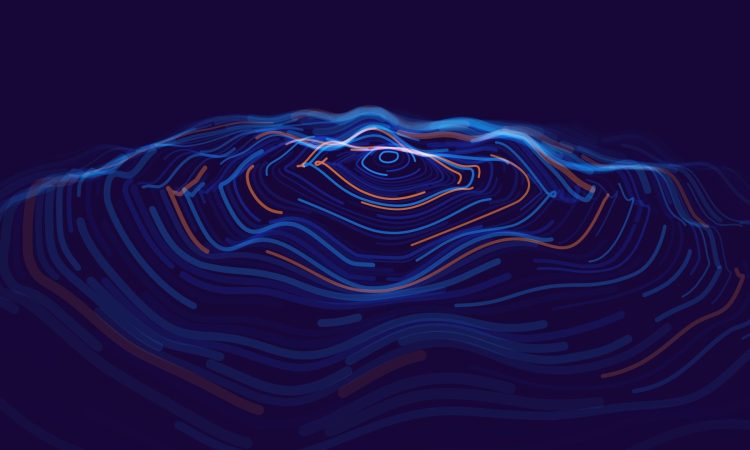
A 50-year-old idea about electromagnetic waves, known as the Zel’dovich effect, was tested by physicists in the laboratory and proved to be correct.
The theory about comes from an unusual context. In 1969, British physicist and mathematician Roger Penrose suggested that energy could be extracted from a black hole by dropping an object into the ergosphere (the region just outside the event horizon) and using its acceleration to steal some of the black hole’s energy .
This idea, known as the Penrose process, requires the object to acquire negative energy in order to be retrieved from the black hole; otherwise all you would be doing is feeding the black hole.
What is the Zel’dovich effect?
Although we don’t have close ones on hand for experiments, a few years later Belarusian physicist Yakov Zel’dovich proposed a much more practical way to test the concept of extracting extra energy from a rotating system.
The idea is related to the Doppler effect, which can make light appear redshifted or blueshifted depending on how the emitting object is moving relative to us, as well as the rotating Doppler effect, .
“The linear version of the Doppler effect is known to most people as the phenomenon whereby the sound of an ambulance’s siren seems to get sharper as it approaches the listener, but becomes louder as it moves away,” explained Dr Marion Cromb, now a researcher at the University of Southampton (United Kingdom), in a .
“The rotating Doppler effect is similar, but the effect is limited to a circular space. Twisted sound waves change their frequency when measured from the point of view of a rotating surface. If the surface rotates fast enough, then the sound frequency can do something very strange: it can go from a positive to a negative frequency and thus steal energy from the surface’s rotation,” explains Cromb.
A series of experiments
To test this idea, the team previously reflected off a spinning disk and listened for a change in frequency indicating that energy was picked up from the disk’s rotation. Now, the team performed the experiment using electromagnetic waves.
“The Zel’dovich effect works on the principle that angular momentum waves, which would normally be absorbed by an object, actually become amplified by that object if it rotates at a sufficiently high angular velocity. In this case, the object is an aluminum cylinder that must rotate faster than the frequency of the incident radiation,” Cromb explained in a .
“My colleagues and I successfully tested this theory using sound waves a few years ago, but until this recent experiment it had not been demonstrated with electromagnetic waves. Using relatively simple equipment, a resonant circuit interacting with a rotating metal cylinder, and by creating the necessary specific conditions, we have now succeeded in achieving this,” says the researcher.
To perform the experiment, the team had to spin the aluminum cylinder so fast that, from its perspective, it would perceive a twisted wave displaced in angular rotation with a “negative frequency”.
“The condition for amplification is given from the rotating perspective of the object. The twisted electromagnetic fields hitting it were rotationally Doppler shifted so much that they passed through zero and reached a ‘negative’ angular frequency. Negative frequency means negative absorption, and that translates into amplification,” Cromb explained.
Will the Zel’dovich effect be confirmed at the quantum level as well?
The team hopes to investigate this phenomenon at the quantum level.
“These findings open the way to merging ideas from two previously separate fields. A promising prospect is the realization of Zel’dovich electromagnetic amplification from a rotating body in the quantum regime, i.e. the generation of photons from the quantum vacuum stimulated by mechanical rotation”, the team concludes in the paper.
The study was published in the journal

